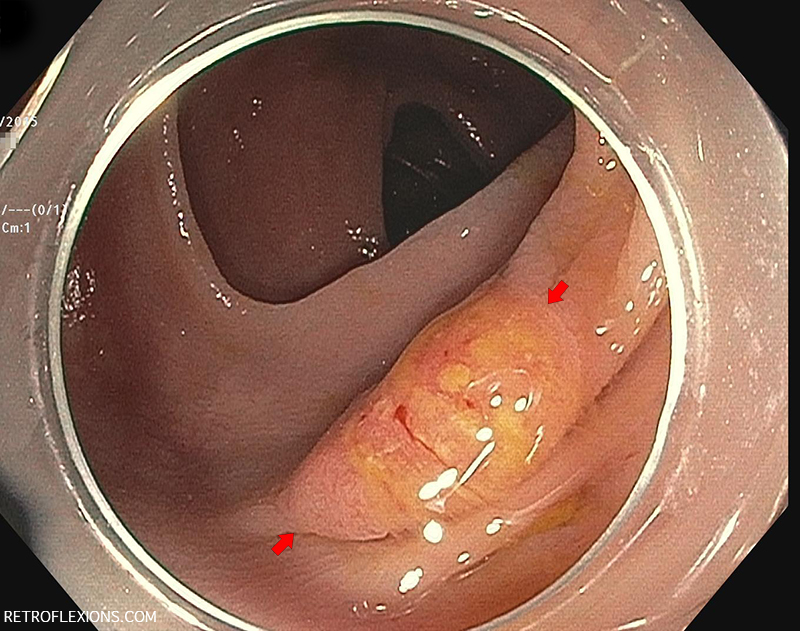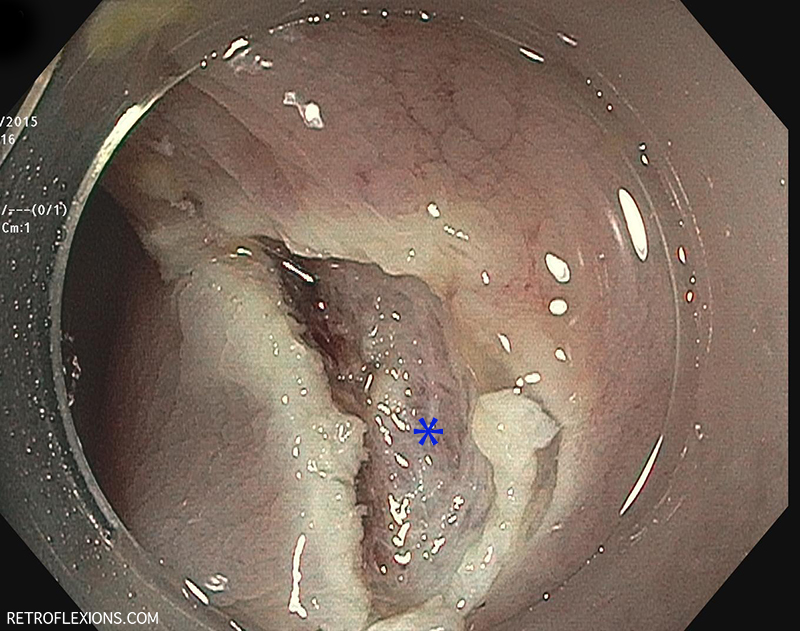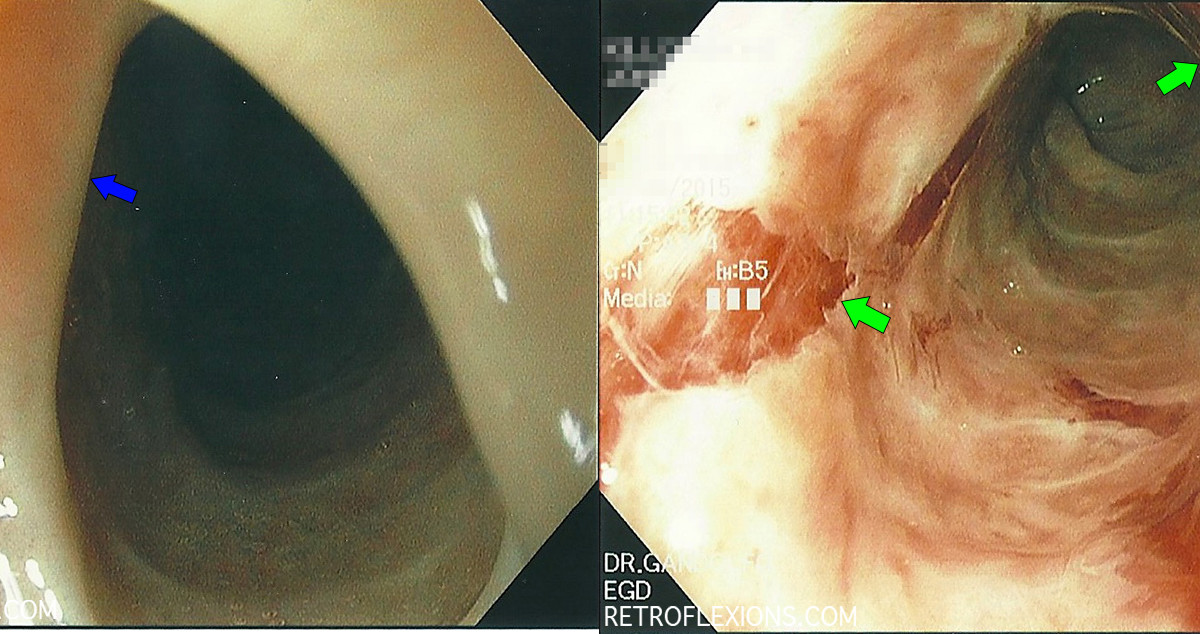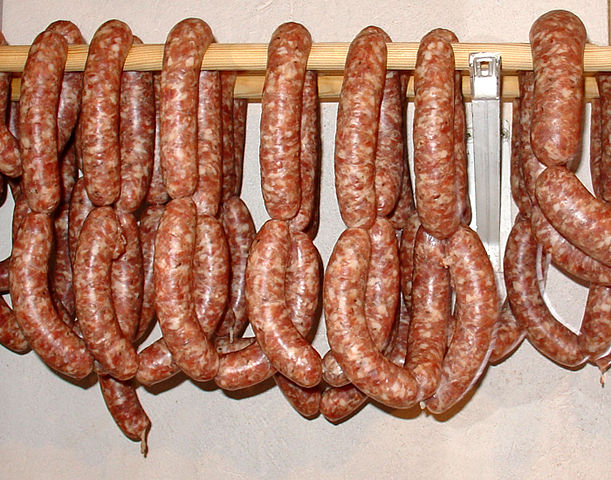It is common practice to leave a permanent tattoo at the site of significant pathology ( such as a large polyp or tumor) inside the GI tract. We typically use a substance called SPOT, which consists of microscopic carbon particles in a suspension. When injected into tissue it becomes a permanent mark that can be seen from the inside of the organ with the scope, and from the outside of the organ by a surgeon.
A Long Island native, Dr. Frederick Gandolfo graduated with a BS in biology from Fordham University in Bronx, NY. He attended SUNY Stony Brook School of Medicine. He completed internal medicine residency training at New York University. He continued at NYU for gastroenterology fellowship and was awarded fellow of the year. Dr. Gandolfo is board-certified in internal medicine and gastroenterology.
After practicing in a large group for several years, Dr. Gandolfo decided to go solo in 2018 and started his own practice, Precision Digestive Care, located in Huntington, NY.
Dr. Gandolfo lives in Long Island with his wife and two children. Most of his time outside of medicine revolves happily around doing dad stuff, but he is also an amateur photographer, fitness enthusiast, frustrated writer, and empiricist at heart.





